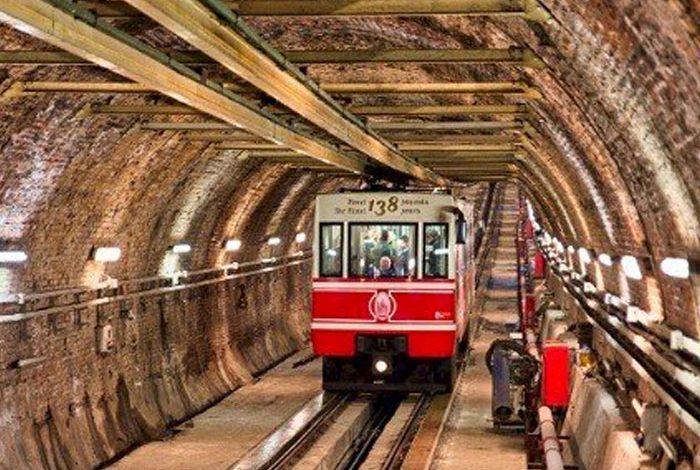What’s the oldest metro station in the world?

If Paris metro stations come to mind, you are certainly not wrong to think about them.
Indeed, it was during the Industrial Age that state authorities began to discuss the possibility of building railways.
But, thanks to endless protocols and bureaucratic inertia, one of our European neighbors has been at the top of the list.
“Métro – Boulot – Dodo”, a well-known adage of Parisians who are thousands who take the metro to go about their business.
To this end, the number of people using this means of transport is estimated in million (more than 4 million) according to RATP.
And while this locomotion is a delight to the French and other citizens of the world, it started well in one place.
Together, we will find out where it all started. So this is the oldest subway station in the world.
What is a subway station?
In an urban area, and especially in large cities, there is a railway network for metros that promote the connection between the municipalities of these large cities.
In some areas, subway stations serve as a stop for subways that transport travelers.
At each stop, they can get on or off metro trains.
This station is either underground, aerial or simply at the level of the road.
In short, the metro station is a junction point between different stations and allows travelers to get on and off metro trains.
Inaugurated on January 10, 1863 with steam locomotives, Paddington Station is considered the oldest subway station in the world.
Initially, it was simply a line of locomotive traffic.
They linked Bishop’s Road (now called Paddington Station) to Farringdon Street, which is now Farringdon Station.
Its first networks were built by the Metropolitan Railway. These first urban metros, some 2.14 m in size and others 1.43 m in size, could run on a double track and accommodate 30,000 passengers.
Thus, on that date, notably on 10 January 1863, two urban locomotives, one on the outward and the other on the return, spent every ten minutes at that station to pick up and take down passengers.
What’s the oldest metro station in France?
The Parisian metro has a whole history. However, we take the initiative not to mention it in this paper.
Note that the first metro line, especially line 1, was inaugurated on July 19, 1900 rather late, when we know in which year that of our London neighbors was inaugurated.
The first Parisian station to be built on this line is the underground station of the Louvre-Rivoli. It was founded in 1898, 35 years after the Paddington Subway Station.
After this Parisian metro line, in 1911, 6 other lines were born thanks to the engineer of Bridges and Causeways in Brittany: Fulgence Bienvenüe, who was also amputated by an arm during an industrial accident.
According to the website Sortir à Paris, the metro station “Châtelet-Les Halles” is the largest in Europe and even the largest in the world.
And it’s not just this website that says so. Even RATP clearly states that the station “Châtelet-Les Halles” would be the largest metro station in the world.
Located in Île-de-France, particularly in Paris in the 75, this metro station extends over an area of 315 meters in length and more than 60 meters in width on two levels.
Added to this, this station has 16 accesses, multiple corridors, treadmills, single stairs and escalators.
What’s the smallest subway station in the world?
Built in 1875, this world’s smallest metro station is located in Istanbul and is called Tünel.
To this end, it is ‘the first metro system in continental Europe’.
This metro station is only 573 meters long and can accommodate thousands of travelers a day.
It is considered the smallest metro station in the world and the third underground railway line in the world after that of Terne in Lyon (1862).












